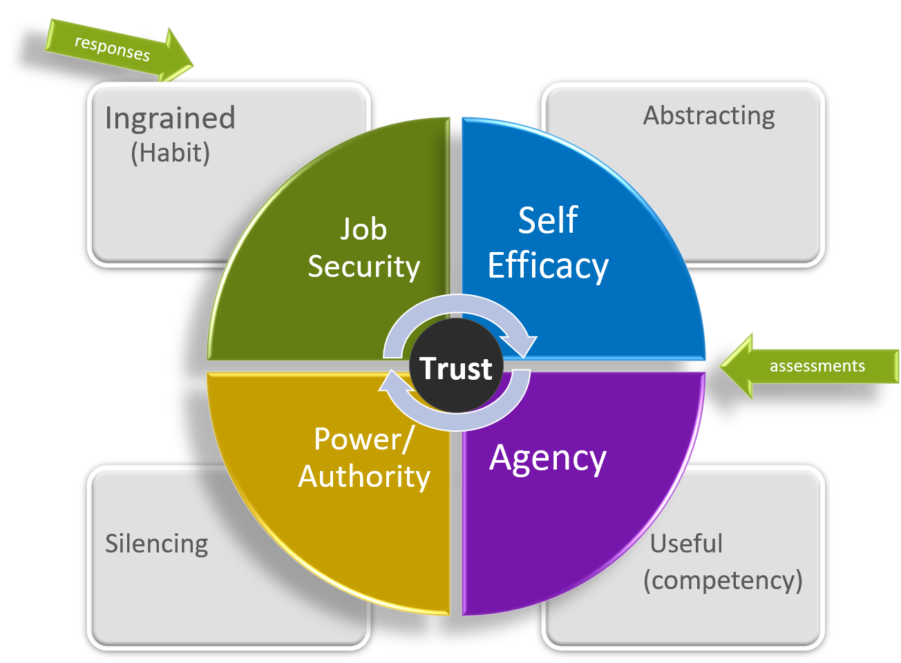Finding 1
Previous research identified that patterns exist in how workplace covering is accomplished. This study extends that research by showing that there are also patterns in how covering is experienced.
Finding 2
Covering silences employee attributes. It does not just mute perceived “stigma” or “disfavored traits”; it mutes traditionally organizationally favored or desired attributes as well: the creativity, passion, honesty, idealism, loyalty and, in many cases, the actual presence of the employees who cover.
Finding 3
Because workplace covering entails any act that comes from a place of inauthenticity, it involves the creation of a separate work persona, including a “leader persona” adopted by leaders who cover with subordinates.

Finding 4
Over time, covering becomes not just a habit, but a competency, used not just to protect, but also to navigate the organizational landscape. It is often deemed necessary to frame workplace norms and ensure professional conduct.
Finding 5
The effort of covering taxes employees, draining energy, focus, contributions, participation, and passion in a way that detracts from productivity, creativity, innovation, and often, retention.
Finding 6
Leaders have a direct impact on subordinate covering; leaders assessed as authentic reduce the covering acts of subordinates.

